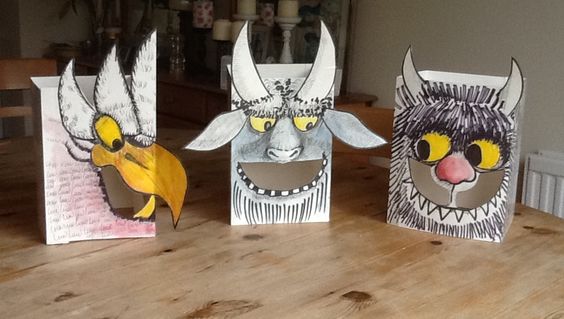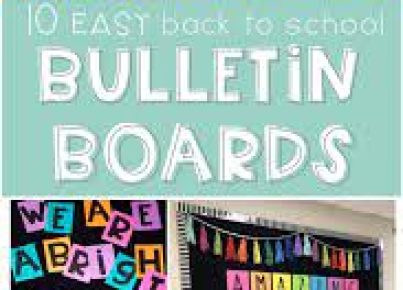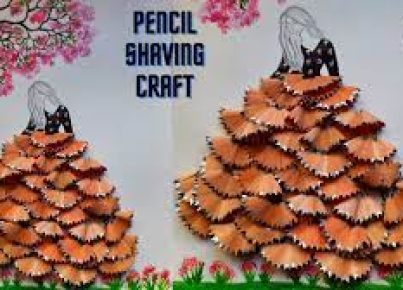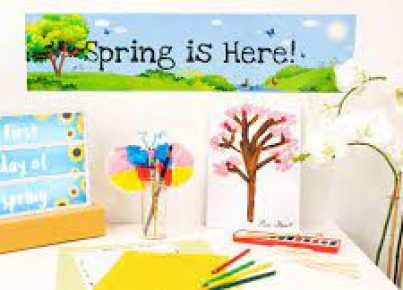1. Wild Rumpus Dance Party – Inspired by the famous line “Let the wild rumpus start,” organize a dance party where children can dress up as their favorite wild things and dance to lively music. This activity not only improves their motor skills but also helps them build confidence and socialization skills.
2. Storybook Scavenger Hunt – Create clues based on the story’s characters, events, or settings to engage children in a fun scavenger hunt in your outdoor space or playroom. The clues can lead to hidden treasure or other surprises related to the story.
3. Animal Mask Making – Encourage kids to unleash their creativity by making their own wild thing masks using paper plates, paint, and various textures to represent fur, feathers, or scales. This allows them to explore the characteristics of different animals while also helping them develop fine motor skills and creativity.
4. Wild Thing Obstacle Course – Set up an obstacle course with challenges inspired by the different creatures and settings from the book. Children can crawl through tunnels as Max does to reach his destination or jump over makeshift trees like the wild things.
5. Shadow Puppet Theater – Introduce kids to shadow puppetry by creating their own characters from “Where the Wild Things Are” using craft sticks, construction paper, and flashlights. This activity helps develop storytelling skills while increasing children’s understanding of light and shadow concepts.
6. DIY Crown Craft – Help children design their own crowns using cardboard, sequins, gems, and other creative materials like foil or glitter glue. They can wear these crowns during story time or imaginative play while pretending to be King or Queen of the Wild Things.
7. Nature Expedition – Take a walk in a local park or woods, encouraging children to look for elements from the story such as signs of wild things or traces of Max’s journey. Ask them questions about what they see, sparking curiosity and enhancing their observation and imagination skills.
8. Wild Thing Yoga – Incorporate elements of the story into a yoga session for kids with poses that mirror the wild things’ actions, such as “roaring like a wild thing” for Lion’s Breath. This activity promotes mindfulness, concentration, and flexibility.
9. Story Plate Collage – Give children paper plates along with various art supplies and instruct them to draw or paint a scene from the book. Attach the plates together to create a collage that can be hung on the wall as a group art project celebrating “Where the Wild Things Are.”
10. Sensory Bin Exploration – Create an interactive sensory bin filled with play materials like rice, shredded paper, or sand combined with figurines or objects representing the story’s characters and settings. This activity encourages sensory exploration, imaginative play, and cognitive skills development.
These 10 “Where the Wild Things Are” activities provide children with engaging experiences that foster learning while keeping them connected to Maurice Sendak’s beloved children’s book. So let your child’s wild side run free and watch them cultivate essential skills through these fun activities!





